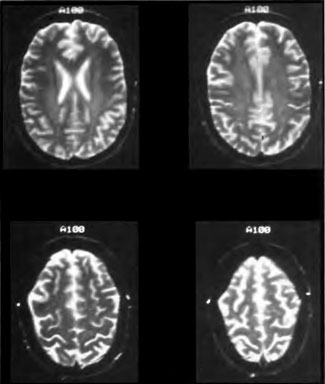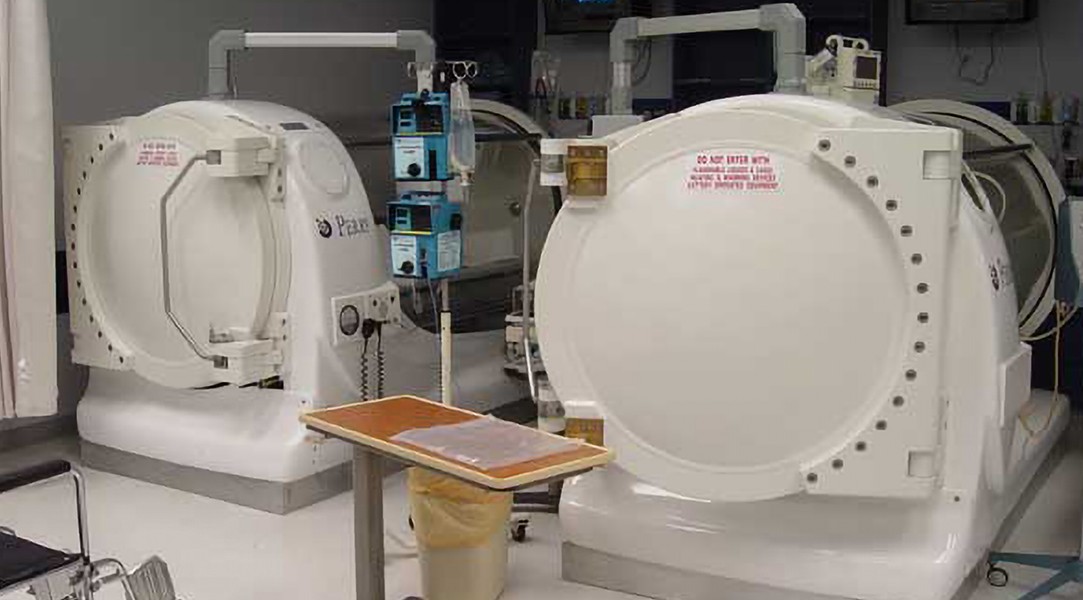Chronic childhood encephalopathy (CP) remains a shadow in neuropediatrics. No treatments are proposed except physiotherapy, occupational therapy and phonoaudiology which may last for years at times and as long as the patient lives. None of these therapies bring enough benefits and the prognosis of the disease is still very poor.
Since 1976, 2,030 patients with chronic childhood encephalopathy (CP) were treated at the Brazilian Center of Hyperbaric Medicine in Sao Paulo. At the Rio do Janeiro Center of Hyperbaric Medicine, a statistical survey based on the records of anamnesis and the evolution of the patients treated there, were analyzed during a period of one to six months after hyperbaric oxygen treatments. From the 2,030 patients, 232 had follow-ups. Their ages varied from 1 to 34 years. Improvements were noted to be similar to those in the Montreal study, December 1998 (which is now being so wisely performed in Mexico City). There was a large percentage of decrease in spasticity and there was an increase in global motor co-ordination (33.18%), attention increased (40.08%), memory up (10.77%), comprehension up (13.33%), reasoning up (5.60%), interest up (6.46%), visual perception improved (12.93%), sphincter control (6.46%), and bladder control (4.31%). A better performance in everyday life activities and an increase in sociability were noted in 13.79% of the cases. A preliminary trial suggest that hyperbaric oxygenation may be an important adjutant in the rehabilitation of neurologic sequel of chronic childhood encephalopathy (CP). The earlier the treatment is instituted the more promising the results. In certain cases in Sao Paulo, the treatments were instituted immediately from the delivery room into the hyperbaric oxygen environment. The results of such an early study are promising.



